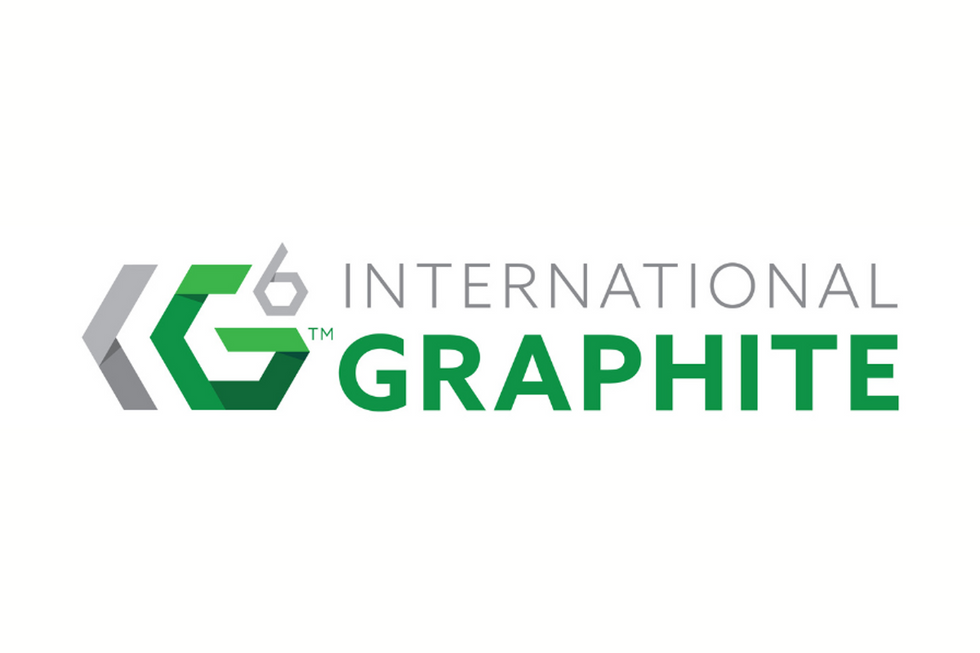During pilot plant flotation trials, a randomly selected run-of-mill sample of the flotation concentrate was directly upgraded to 99.9998 percent C(t) purity “through thermal treatment alone.”
Graphite-focused exploration company Canada Carbon (TSXV:CCB) has kept quiet since mid-March, but broke that trend May 1 with the release of thermal upgrading results for hydrothermal lump/vein (HLV) graphite concentrate from its Miller project.
The company notes in a press release that during pilot plant flotation trials at SGS Canada (Lakefield), a randomly selected run-of-mill sample of the flotation concentrate was directly upgraded to 99.9998 percent C(t) purity “through thermal treatment alone.”
Explaining the thermal treatment further, Canada Carbon states that it is a proprietary upgrading process used by a commercial processor of synthetic nuclear graphite. According to the company, the use of the process is significant in that it “eliminates the use of harsh chemical treatments commonly used to upgrade graphite, such as caustic bake or acid leach.” Those treatments can end up damaging graphite crystals and “also inevitably create hazardous wastes.”
In terms of what the upgrading entails, Canada Carbon’s release notes that a 10-kilogram sample of Miller flotation concentrate was dried in an oven, “homogenized to ensure uniformity” and then broken down into four 2.5-kilogram samples. The results mentioned above come from one of those four sub-samples and were derived from a preliminary test.
Speaking positively about the news, R. Bruce Duncan, Canada Carbon’s executive chairman and CEO, said, “[w]e are extremely pleased to learn that an existing graphite upgrading method, which is already in use to treat synthetic graphite being supplied to the nuclear industry, can be used to upgrade the Miller HLV graphite concentrate to such an extremely pure form. Despite the success of this thermal treatment trial, these results are themselves preliminary, and further optimization of the process will proceed as soon as possible. We have already begun the process of submitting this upgraded material for further testing by the nuclear industry.”
He added that the flotation concentrate has previously been shown to meet nuclear graphite purity criteria, and that with the new results, Canada Carbon has been able to enter “advanced” talks with potential end users. Ultimately the company’s goal is to “obtain indicative pricing for both the flotation concentrate and the thermally upgraded material,” then include the results in an upcoming preliminary economic assessment.
All of that is exciting news, and luckily it looks like Duncan isn’t the only one who’s taken it well — shareholders pushed Canada Carbon’s share price up 30.23 percent on Friday to reach $0.28. But perhaps even more significantly, it’s garnering praise on the analyst front as well. Indeed, speaking to Resource Investing News, Jon Hykawy, president of Stormcrow Capital, had only good things to say about the results. “It’s rare to find synthetic graphite as pure as that, and this is a natural flake material,” he said.
Continuing, he noted, “the most important thing to note is that even when synthetic graphite is upgraded using this approach, 99.9998 percent purity is considered unreachable. If an application requires slightly less stringent levels of purity, then the bake time could likely be reduced considerably, which further decreases costs and improves the environmental friendliness of the process (which basically comes down to how the furnace is being heated). But with this kind of purity level, the resulting graphite is now competing against synthetic material on purity alone, which means that the price a seller would seek for the material would be upwards of $8,000 per tonne.”
He concluded, “very strong result, backed up by good-quality analysis and disclosure of details.”
As mentioned, Canada Carbon’s share price rocketed up an impressive 30.23 percent on the news. Year-to-date, it’s up 36.59 percent, and since this time last year has risen 69.7 percent.
Securities Disclosure: I, Charlotte McLeod, hold no direct investment interest in any company mentioned in this article.
Editorial Disclosure: Canada Carbon is a client of the Investing News Network. This article is not paid-for content.
Related reading:




